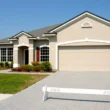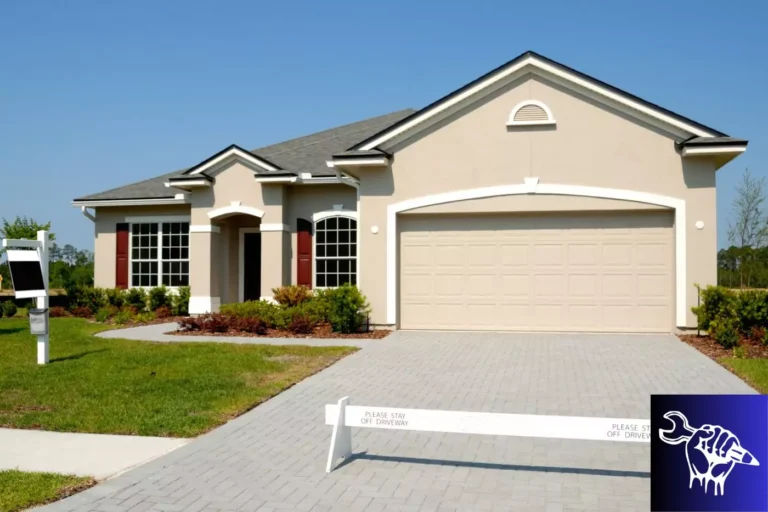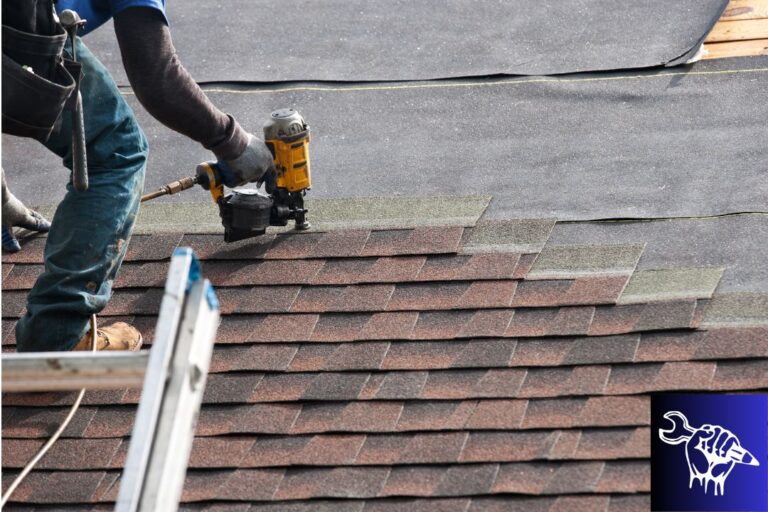Choosing the right roofing material is essential not only for the aesthetic appeal of a home but also for its longevity and protection against the elements. Among the myriad of options available, the slate roof stands out as a choice with a rich history and distinct appearance. But beyond its timeless beauty, is it the right option for modern homes? This article delves into the advantages and drawbacks of choosing a slate roof, helping homeowners make an informed decision. Whether you’re building a new home or considering a roof replacement, understanding the unique characteristics of a slate roof is crucial.
History and popularity of slate roofs
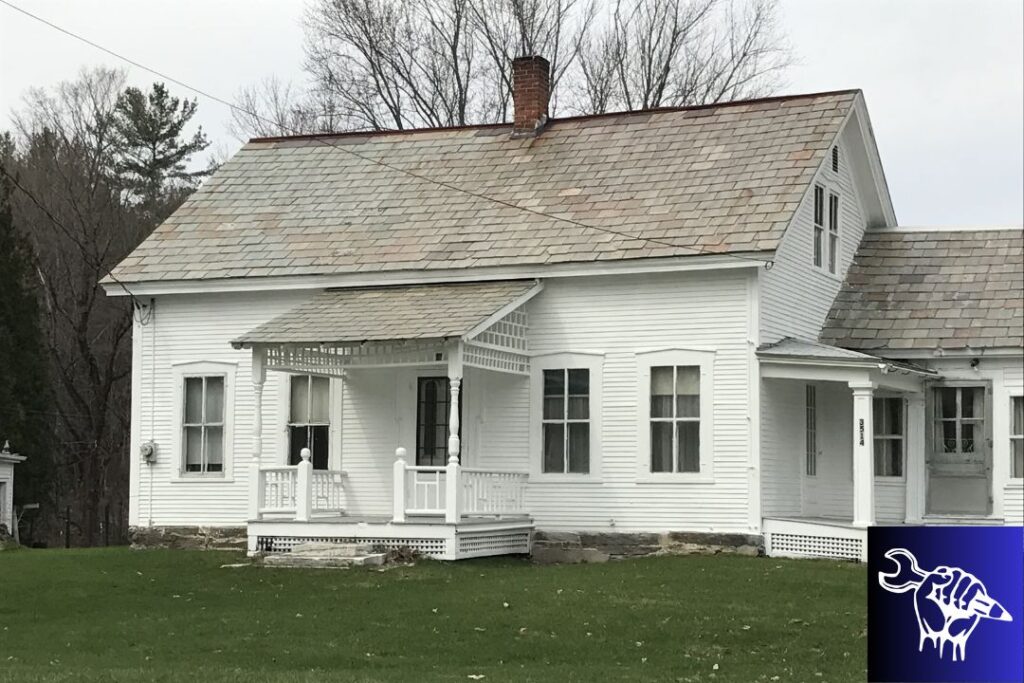
Slate roofing has been an emblem of durability and elegance for centuries. Historically, slate roofs graced the top of castles, churches, and mansions, symbolizing both strength and sophistication. Beyond its architectural appeal, the natural qualities of slate made it a preferred choice, especially in areas prone to fires, as it’s inherently fire-resistant.
Geographically, regions with abundant slate quarries, such as parts of Wales in the UK, the Ardennes in Belgium, and areas in Pennsylvania, USA, witnessed a surge in slate roofed buildings. Not only did this mean that the material was readily available, but it also became part of the regional architectural identity.
In modern times, while advancements in roofing materials have introduced a multitude of options, the allure of slate remains undiminished. Its combination of aesthetics, longevity, and natural properties ensures that slate roofs continue to be a sought-after feature in both traditional and contemporary home designs.

Have you ever experienced? Pipe leaks and their common causes
Advantages of Slate Roofing
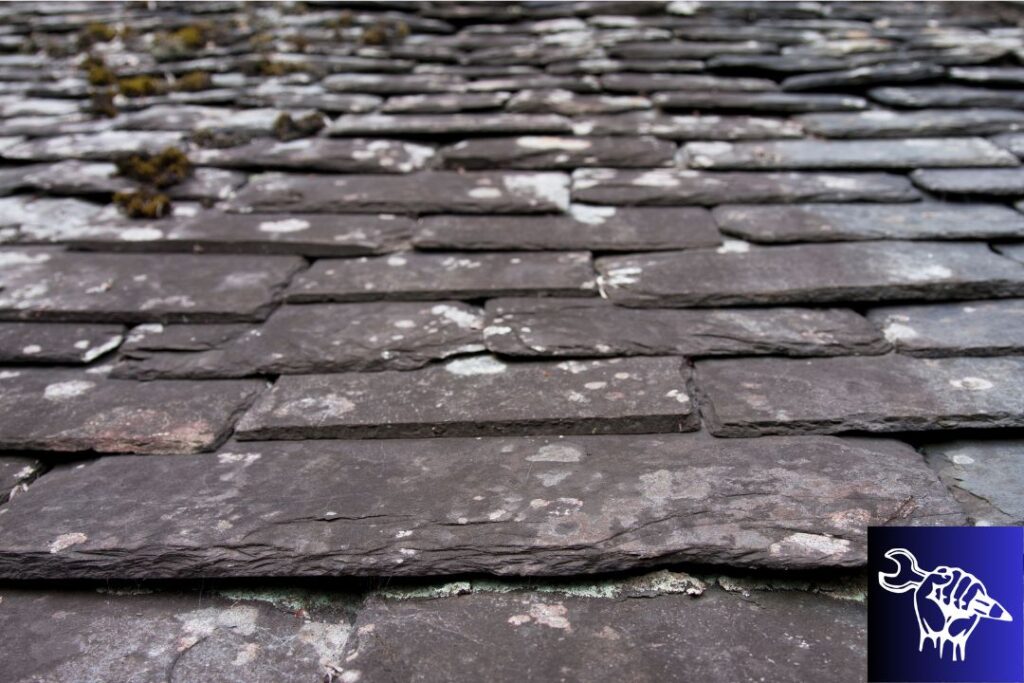
When homeowners contemplate the ideal roofing material, slate often emerges as a top contender. Let’s delve into some of the reasons why a slate roof remains an attractive option:
- Longevity: One of the standout features of slate is its exceptional lifespan. While typical roofing materials like asphalt shingles may last 20 to 30 years, a well-maintained slate roof can endure for over a century. This longevity not only offers peace of mind but also makes it a cost-effective choice in the long run.
- Durability: Slate’s natural robustness ensures resilience against the harshest weather conditions. Whether facing blistering sun, heavy snowfall, or torrential rain, slate roofs remain unyielding. Additionally, they are resistant to mold, fungus, and other potentially damaging growths.
- Aesthetics: Beyond its functional benefits, slate is undeniably beautiful. Offering a variety of colors and textures, slate tiles add a touch of timeless elegance to any structure. Their unique, natural appearance ensures that no two slate roofs are precisely alike, adding to the charm and individuality of each home.
- Eco-friendliness: In an era increasingly conscious of environmental impact, slate stands out as a sustainable choice. Extracted naturally from the earth, its production has a minimal carbon footprint compared to synthetic roofing materials. Moreover, at the end of its life, slate can be recycled or repurposed, further enhancing its eco-friendly credentials.
You should also be interested: How to choose a front door?
Drawbacks of slate roofing

While slate roofing boasts many advantages, like all materials, it comes with its set of challenges. It’s essential to understand these drawbacks when considering slate for your home:
- Cost: Among the primary deterrents for many homeowners is the initial financial investment. Slate is more expensive than most other roofing materials, primarily due to its quality and durability. While it offers long-term value, the upfront cost can be prohibitive for some budgets.
- Weight: Slate is heavy, much heavier than materials like asphalt shingles. Before deciding on a slate roof, homeowners need to ensure their home’s structure can bear the added weight. In some cases, structural enhancements might be necessary, which can add to the overall project cost.
- Installation: Proper installation of a slate roof demands a high degree of expertise. Not all roofing contractors are familiar with slate, and choosing someone inexperienced can lead to problems down the line. Additionally, because the installation process is more labor-intensive and requires specialized skills, labor costs can be higher than with other materials.
- Maintenance: While slate roofs are lauded for their longevity and durability, they aren’t entirely maintenance-free. Over time, individual tiles might crack or become dislodged. While these issues are generally infrequent, when they do arise, repairs can be more costly than with other roofing materials. Regular inspections are crucial to catch potential problems early and extend the life of the roof.
Is slate batter than other roofing materials?
Selecting the ideal roofing material for your home goes beyond aesthetic appeal; factors such as cost, durability, maintenance, and even the region’s climate play vital roles in making an informed decision. Below, we compare the “slate roof” to other popular roofing materials to provide a more holistic view:

- Slate vs. asphalt shingles:
- Cost: Asphalt shingles are among the most affordable roofing options, making them popular among homeowners on a budget. In contrast, slate requires a heftier initial investment.
- Durability: While asphalt shingles can last around 20-30 years, slate roofs can easily last over a century with proper maintenance.
- Maintenance: Asphalt roofs tend to require more frequent repairs due to weather damage or algae/moss growth. Slate, on the other hand, is resistant to these issues but demands expertise when repairs are necessary.
- Slate vs. metal roofing:
- Cost: Metal roofing sits somewhere between asphalt and slate in terms of price. Its cost largely depends on the type of metal used.
- Durability: Metal roofs are known for their longevity, often lasting 40-70 years. However, slate still outlasts them with its century-long lifespan.
- Maintenance: Metal roofs are low maintenance, with issues like denting being the primary concern. Slate requires specialized care but remains robust against most elements.
- Slate vs. ceramic tiles:
- Cost: Ceramic tiles, especially hand-crafted ones, can be on the pricier side, rivaling the cost of slate.
- Durability: Ceramic tiles are durable and can last anywhere between 50-100 years, depending on their quality. Slate, with its natural stone properties, can often exceed that lifespan.
- Maintenance: Ceramic tiles can be prone to chipping or cracking, especially in regions with frequent temperature fluctuations. Slate’s concerns primarily revolve around individual tiles becoming dislodged or cracking over time.

In conclusion, while slate roofing holds significant advantages in terms of longevity and aesthetic appeal, it’s essential to weigh these benefits against its cost and your home’s specific needs. Every material presents its unique set of pros and cons, so understanding these can guide homeowners towards the best choice for their circumstances.
Handymans recommend: Is it worth choosing LEDs?
Is slate roof right for my home?
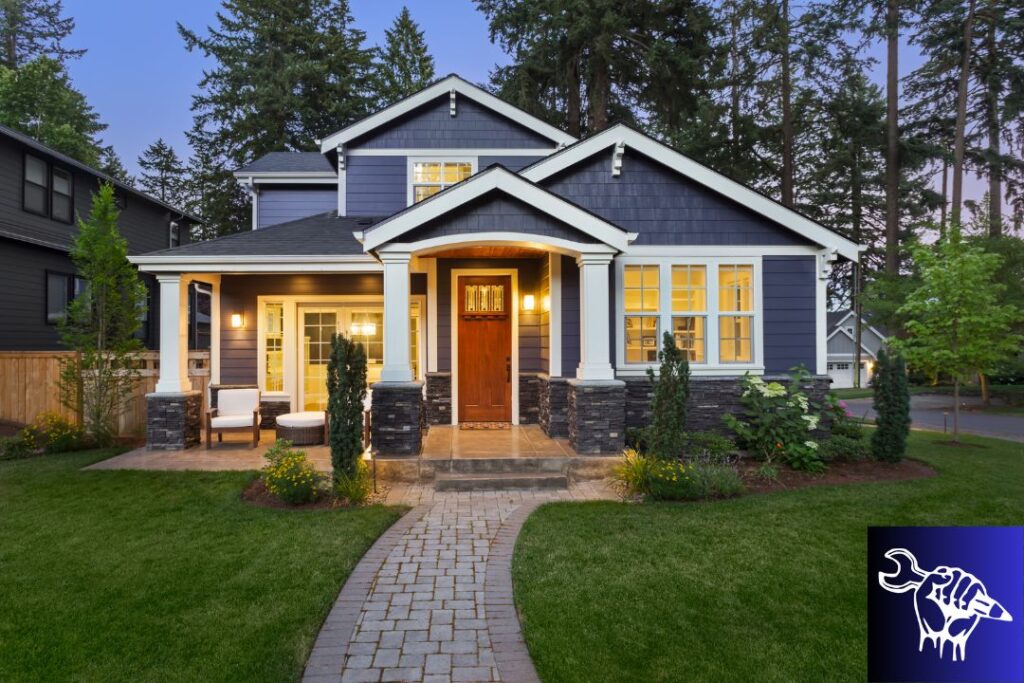
The allure of a “slate roof” is undeniable. Its timeless beauty, durability, and rich historical context make it a desirable option for many homeowners. However, choosing a roofing material is a significant decision that goes beyond its visual appeal. Here are some pivotal considerations to help you determine if slate is the right fit for your home:
- Geographic location:
- Climate: Slate is incredibly durable in the face of various weather conditions, from scorching sun to freezing winters. However, it’s crucial to consider your area’s susceptibility to hail, as slate can crack upon impact.
- Availability: In regions where slate is quarried, it may be more affordable and accessible. Conversely, in areas far from these quarries, transportation costs can escalate the overall expense.
- Architectural style:
- Historical significance: Homes with a historical design or those aiming for a vintage aesthetic can greatly benefit from the traditional appeal of slate.
- Structural integrity: Due to its weight, slate requires a robust structural foundation. Before committing, it’s essential to consult with a structural engineer to ensure your home can bear the weight without requiring extensive modifications.
- Budget:
- Initial investment: Slate is among the pricier roofing materials. Homeowners need to assess whether they’re prepared for the initial expenditure, keeping in mind the long-term benefits and potential savings from reduced maintenance and replacements.
- Long-term value: While the upfront costs are significant, the longevity of slate roofs can translate to savings in the long run, especially when considering the lifespan of alternative materials.
- Maintenance and repair:
- Expertise: Slate roofing repairs demand specialized skills. If local contractors aren’t experienced with slate, maintenance can become challenging and potentially costlier.
- Frequency: While slate is long-lasting, individual tiles may occasionally need replacement. It’s good practice to keep some extra tiles on hand for such instances.
In conclusion, while slate offers a blend of aesthetic charm and durability, it’s not a one-size-fits-all solution. Homeowners should meticulously evaluate their unique circumstances, from location to budget constraints, to ensure they’re making an informed decision that aligns with their long-term goals and vision for their home.
Useful tips for you: 5 tools for every toolbox
Summary
A “slate roof” brings together historical charm, durability, and an eco-friendly choice for homeowners. While it boasts numerous advantages like longevity and a unique aesthetic appeal, it also comes with considerations such as cost, weight, and specialized installation and maintenance. Comparing it to other materials reveals its strengths and potential limitations. Ultimately, the decision to opt for slate should be rooted in careful consideration of factors like geographic location, architectural style, and budget. For those who find it aligning with their home’s needs and personal preferences, slate can be a lasting and beautiful investment.


